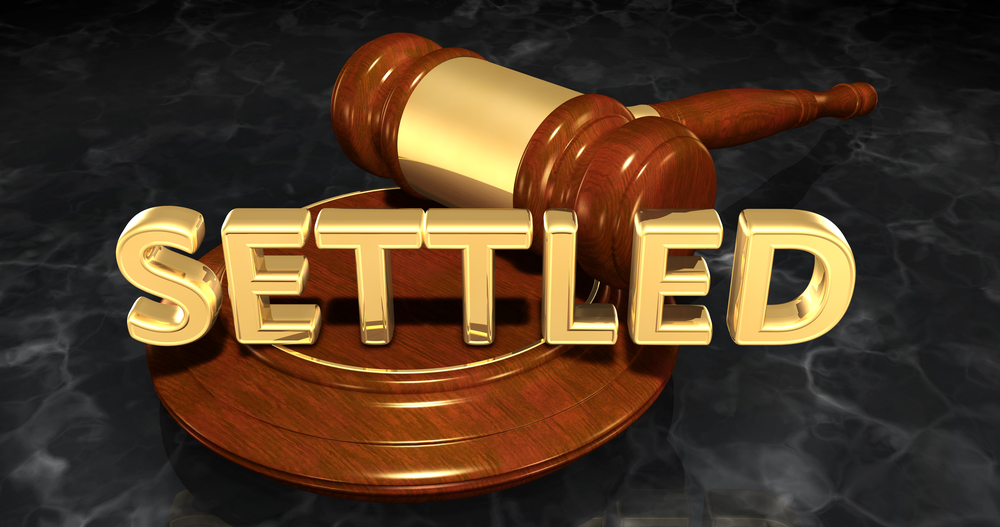How To Win Your Slip and Fall Injury Claim
What do you need to know about your slip and fall case? There are certain things you’ll need to prove. To win a slip and fall claim, you need to establish the property owner’s liability for an unsafe condition. INYL is here to help navigate this process whether you hire us or not.
Personal injury law, also known as tort law, is designed to protect you if you or your property is injured or harmed because of someone else’s act or failure to act. In a successful tort action, the one who caused the injury or harm compensates the one who suffered the losses.
Accidents on other people’s property happen, and injuries are often the result, but when someone else’s carelessness (or negligence) is a factor, you may wonder about your legal rights. This article discusses a key issue in a slip and fall accident claim: liability. Whether you are pursuing an insurance settlement or filing a personal injury lawsuit, to win your case you will need to be able to prove that someone else—usually the property owner—is legally responsible for your injuries.
Often, the key liability questions in slip and fall cases are:
1) Who are the potentially liable parties?
2) Were those parties actually negligent, i.e. did they cause or fail to prevent the slip and fall accident?
From the perspective of the injured person, in a slip and fall insurance claim or lawsuit, another critical element is anticipating and defending against the argument that the injured person’s own carelessness somehow caused or contributed to the accident.

Theories of Liability in Slip and Fall Cases
In order to hold another party responsible for injuries suffered in a slip and fall accident, an injured person must typically prove one of the following:
- A property owner (or an employee or agent of the property owner) should have recognized a dangerous condition (i.e. a pothole or an uneven walking surface) and removed or repaired the potential danger, but failed to do so. The key question here is whether a reasonable person would have identified the condition as hazardous, and whether the defendant had ample opportunity to remedy the situation before the accident occurred. OR
- A property owner (or their employee) actually caused the dangerous condition leading to the slip and fall accident—by leaving a hazardous obstacle in a walking path, for example—and it was reasonably foreseeable that someone would trip and fall due to the condition.
See examples of slip and fall cases.
Proving Negligence & Liability
The term “reasonable” often comes up in settlement negotiations and at other key stages of slip and fall cases. That’s because, in order to be held “negligent” and therefore liable for damages in a slip and fall case, a property owner (or the owner’s agent or employee) must have failed to act as a reasonably prudent person would have acted under circumstances similar to those leading up to the accident. In trying to assess whether the defendant acted reasonably, here are some factors that plaintiffs should consider:
- Did the hazardous condition or obstacle exist long enough that a reasonable property owner or employee could have taken action to eliminate the hazard?
- Did the property owner or employee have a policy of routinely checking for potential hazards on the property, and if so, is there some sort of log or other record of whether the procedure was followed immediately before the accident?
- Was there a reasonable justification for the creation of the potential hazard? And if so, did this justification still exist at the time of the slip or fall?
- Could the hazardous condition have been made less dangerous through preventive measures such as relocating the hazard, placing adequate warning signage in the area, or preventing access to the location?
- Was poor lighting or limited visibility a factor in causing the slip and fall?

Proving You Didn’t “Cause” The Accident Yourself
In slip and fall cases, the property owner (or his or her insurance carrier, as when a homeowner’s insurance policy covers a slip and fall accident) may argue that the plaintiff is partially (or totally) responsible for the accident that led to the injuries. This kind of argument is made under a legal concept known as “comparative fault,” and states have codified the concept in “comparative negligence” and “contributory negligence” laws. The rules in place in a given state will affect a plaintiff’s ability to recover compensation if they’re found to share some blame for the accident.
In states that follow contributory fault rules, the plaintiff will be barred from collecting any damages at all if they’re found to bear any degree of responsibility for the accident. In comparative negligence states, an injured claimant’s damages award will be reduced by a percentage that’s equal to his or her share of liability—so, a claimant who bears 25% of the blame in a slip and fall case would only collect $7,500 of a $10,000 damages award, for example. You can find your state’s rules on the issue in this chart.
In order to determine whether a plaintiff might be on the hook for causing any portion of their injuries, here are a few things to think about:
- Did the plaintiff engage in any activity that might have prevented them from noticing the hazard—talking or texting on a phone, for example—when an otherwise reasonable person would have noticed it?
- Did the plaintiff have lawful access to the location where the slip and fall accident occurred, or was there a legitimate reason for the plaintiff to be in a dangerous area?
- Were adequate warning signs posted, and were other safety measures ignored or not utilized by the plaintiff?
If the defense can show that the plaintiff likely caused the accident through his or her own carelessness, winning an injury claim becomes unlikely.
What Else Do You Need to Know?
To better understand the legal issues in these types of cases and improve your odds of winning, make sure you read up on the basics of premises liability, and slip and fall accidents. And if you’re ready to discuss your situation with a legal professional, contact us today!




